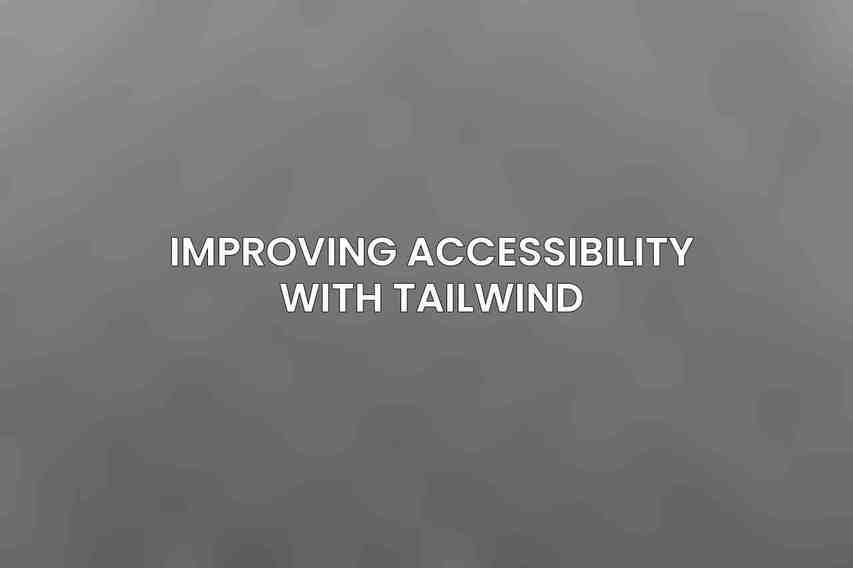User Experience (UX) refers to the overall experience a person has while interacting with a product or service, typically a website or application. It encompasses a user’s emotions, attitudes, and behaviors regarding the system. The goal of UX design is to create meaningful and relevant experiences for users. It involves understanding user needs, delivering a seamless interaction, and ensuring satisfaction with the product.
The importance of UX in website design cannot be overstated. A well-designed user experience can significantly impact a website’s success, influencing factors such as customer retention, engagement, and conversion rates. By focusing on UX, websites can become more user-friendly, intuitive, and enjoyable to navigate, ultimately leading to higher user satisfaction and loyalty.
Key elements of UX include usability, accessibility, navigation, and visual appeal. Usability ensures that the website is easy to use and navigate, while accessibility focuses on making the site usable for individuals with disabilities. Navigation plays a crucial role in guiding users through the website, and visual appeal enhances the overall user experience by creating a visually pleasing interface.
| Feature | Benefit | ||||||||||||||||||||||||||||||||||||||||||||||||||||||||||||||||||||||||||||||||||||||||||||||||||
|---|---|---|---|---|---|---|---|---|---|---|---|---|---|---|---|---|---|---|---|---|---|---|---|---|---|---|---|---|---|---|---|---|---|---|---|---|---|---|---|---|---|---|---|---|---|---|---|---|---|---|---|---|---|---|---|---|---|---|---|---|---|---|---|---|---|---|---|---|---|---|---|---|---|---|---|---|---|---|---|---|---|---|---|---|---|---|---|---|---|---|---|---|---|---|---|---|---|---|---|
| Social media scheduling | Save time and effort by scheduling your social media posts in advance. | ||||||||||||||||||||||||||||||||||||||||||||||||||||||||||||||||||||||||||||||||||||||||||||||||||
| Content discovery | Find and share relevant content from across the web, making it easy to keep your social media feeds fresh and engaging. | ||||||||||||||||||||||||||||||||||||||||||||||||||||||||||||||||||||||||||||||||||||||||||||||||||
| Analytics | Track your social media performance and see what’s working best, so you can fine-tune your strategy. | ||||||||||||||||||||||||||||||||||||||||||||||||||||||||||||||||||||||||||||||||||||||||||||||||||
| Collaboration | Work together with your team to create and schedule social media content, ensuring brand consistency. | ||||||||||||||||||||||||||||||||||||||||||||||||||||||||||||||||||||||||||||||||||||||||||||||||||
| Customizable | Tailor Tailwind to your specific needs with customizable settings and features. | ||||||||||||||||||||||||||||||||||||||||||||||||||||||||||||||||||||||||||||||||||||||||||||||||||
| Visit Tailwind | |||||||||||||||||||||||||||||||||||||||||||||||||||||||||||||||||||||||||||||||||||||||||||||||||||
Tailwind as a UX Enhancement Tool

Tailwind is a powerful CSS framework that streamlines the process of building responsive and visually appealing websites. It offers a wide range of features that can greatly enhance the user experience of a website. With Tailwind, designers can create modern and intuitive interfaces without having to write complex CSS from scratch.
Some of the key features of Tailwind that improve UX include its intuitive design interface, ready-made templates and components, customizable options, mobile-responsive design, and analytics and tracking capabilities. These features allow designers to create websites that are not only visually appealing but also highly functional and user-friendly.
Enhancing Usability with Tailwind
When it comes to enhancing usability, Tailwind excels in helping designers create clean and clutter-free layouts that are easy to navigate. By utilizing Tailwind’s utility classes, designers can quickly arrange elements on a page and maintain consistency throughout the website. Additionally, Tailwind offers tools to optimize navigation for ease of use, such as responsive navigation menus and breadcrumb trails.
Typography and color schemes play a crucial role in usability, and Tailwind provides a wide range of utility classes for customizing these elements. Designers can easily adjust font sizes, weights, and colors to improve readability and create a visually harmonious design. Moreover, Tailwind’s search functionality and breadcrumb components enhance the overall user experience by making it easier for users to find information within the website.
Improving Accessibility with Tailwind

Accessibility is a key aspect of UX design, and Tailwind offers features that help designers create websites that are inclusive and usable for all individuals. By focusing on creating keyboard-friendly designs and ensuring proper tab navigation, designers can make websites more accessible to users who rely on keyboard navigation.
In addition, Tailwind provides tools for adding alternative text to images, ensuring that visually impaired users can understand the content of the images. Font readability and color contrast are also essential for accessibility, and Tailwind’s utility classes make it easy to adjust these elements to meet accessibility standards. Furthermore, using semantic HTML and ARIA roles in conjunction with Tailwind’s features helps improve the website’s accessibility for screen readers and other assistive technologies.
Enhancing Visual Appeal with Tailwind
Visual appeal plays a significant role in user experience, as it helps create a favorable impression and engages users with the content. Tailwind offers various ways to enhance visual appeal, such as using pre-made color palettes or creating custom color schemes that align with the brand’s identity. Designers can leverage Tailwind’s utility classes to apply gradients, overlays, and other visual effects that enhance the overall look and feel of the website.
Furthermore, optimizing image quality and placement is essential for visual appeal, and Tailwind provides tools to ensure images are displayed effectively across different devices and screen sizes. By utilizing Tailwind’s responsive design features, designers can create visually stunning websites that adapt to various viewing environments, enhancing the overall user experience.
Tracking and Analyzing UX with Tailwind
Incorporating analytics and tracking capabilities into a website is crucial for understanding user behavior and making informed design decisions. Tailwind allows designers to integrate analytics tools seamlessly into their websites, enabling them to track key UX metrics such as bounce rate, dwell time, and conversion rate.
By leveraging tools like heatmaps, designers can visualize user interactions and identify areas for improvement in the website’s design and functionality. This data-driven approach to UX design enables designers to iterate and optimize the website based on user feedback and analytics, ultimately leading to a more refined and user-centric design.
Case Studies of Tailwind’s UX Enhancements

Tailwind has been instrumental in enhancing the user experience of various websites across different industries. Let’s explore a few examples of how Tailwind has improved UX for these websites:
A. Example Website A: Improved Homepage Usability
By utilizing Tailwind’s customizable options and intuitive design interface, Example Website A was able to redesign its homepage to improve usability significantly. The clean layout and optimized navigation enhanced the user experience, leading to higher engagement and lower bounce rates.
B. Example Website B: Enhanced Mobile Responsiveness
Example Website B leveraged Tailwind’s mobile-responsive design features to ensure that the website performed seamlessly across various devices and screen sizes. The use of Tailwind’s ready-made templates and components streamlined the development process, resulting in a mobile-friendly design that attracted more users and increased conversions.
C. Example Website C: Increased Conversions through Improved Accessibility
Through Tailwind’s accessibility features, Example Website C was able to enhance the website’s accessibility for users with disabilities. By incorporating keyboard-friendly designs, providing alternative text for images, and optimizing font readability, the website saw an increase in conversions and improved overall user satisfaction.
Tailwind is a valuable tool for enhancing website user experience by providing designers with the necessary features and resources to create user-friendly, accessible, and visually appealing websites. By leveraging Tailwind’s capabilities, designers can optimize usability, accessibility, and visual appeal to create engaging and effective websites that deliver an exceptional user experience.
Frequently Asked Questions
What is Tailwind?
Tailwind is a utility-first CSS framework that helps speed up the process of designing and styling websites.
How can Tailwind improve website user experience?
Tailwind provides a set of pre-built utility classes that make it easier to create consistent and visually appealing designs, which can lead to a better user experience.
Is Tailwind easy to learn for web developers?
Yes, Tailwind is designed to be beginner-friendly with its straightforward syntax and helpful documentation, making it easy for web developers of all skill levels to quickly get up to speed.
Can Tailwind be used with other CSS frameworks?
Yes, Tailwind can be used alongside other CSS frameworks or libraries, allowing developers to pick and choose the tools that work best for their project.
What are some examples of websites that have successfully used Tailwind to improve user experience?
Some popular websites that have utilized Tailwind for its design and user experience benefits include Discord, Microsoft, and Alibaba Group.

